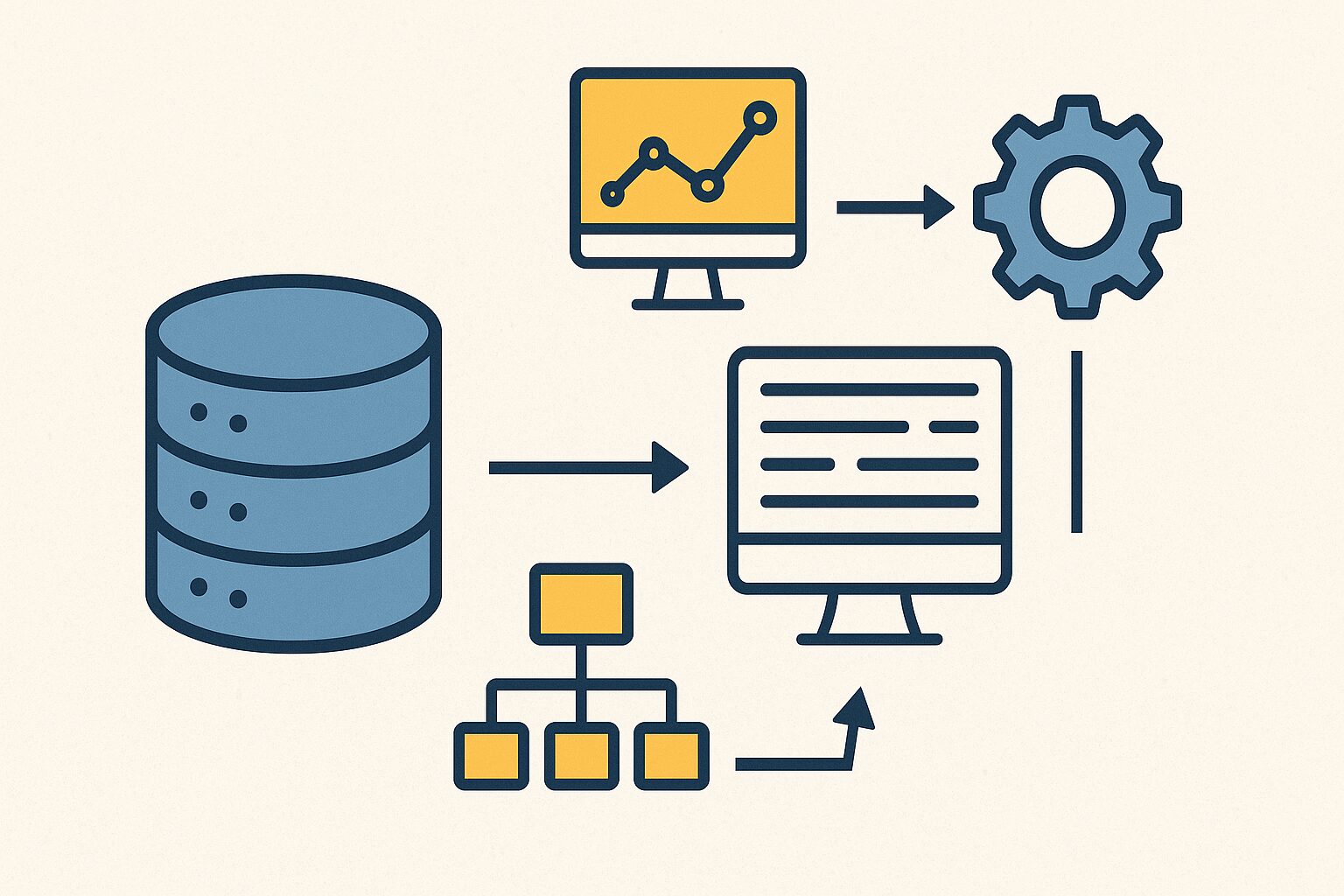In today’s fast-moving digital economy, efficient supply chain management is impossible without proper data handling. At the heart of this efficiency lies the power of data warehousing strategies, which enable businesses to organize, analyze, and act on vast volumes of information quickly. The days of scattered spreadsheets and delayed reports are long gone. Now, success depends on structured, smart, and scalable data systems that support critical business decisions.
Understanding Data Warehousing in the Supply Chain Context
A data warehouse acts as a centralized hub where all supply chain data is gathered, structured, and made available for detailed analysis. This includes data from logistics, inventory systems, procurement, vendors, and customer orders. Properly implemented, such a system ensures that supply chain operations run with clarity, speed, and foresight.
Data warehousing allows for deep insights, revealing bottlenecks, inefficiencies, and opportunities that otherwise go unnoticed. Companies that prioritize strategic data usage are better equipped to navigate disruptions and adapt to demand fluctuations.
Advantages of Strong Data Warehousing Strategies
Faster and More Reliable Decision-Making
Timely decisions are crucial in supply chain environments. A centralized data platform eliminates guesswork, replacing it with real-time facts and performance indicators. Managers get immediate answers to urgent questions — from stock levels to shipment delays — improving operational response.
Accurate Demand Forecasting
Predicting customer demand is a challenge. However, historical data from a warehouse, when analyzed properly, helps forecast trends and seasonal spikes. This reduces overstocking, minimizes storage costs, and avoids lost sales due to stockouts.
Smooth Interdepartmental Coordination
Supply chain functions involve multiple teams — from procurement and sales to customer support and logistics. A data warehouse creates a single source of truth, promoting transparency and efficient communication across departments.
Proactive Problem-Solving
Instead of reacting to crises, data-driven systems identify potential issues before they escalate. This allows supply chain leaders to act early, avoid delays, and maintain customer satisfaction.
Key Elements of a Successful Data Warehousing Strategy
Creating a functional data warehouse involves more than just software. Several critical elements define a successful approach:
1. Integration of Multiple Data Sources
A solid warehouse combines inputs from various systems — ERP software, CRM tools, shipping platforms — into a unified database. This enables better cross-analysis and eliminates conflicting reports.
2. Clean and Reliable Data
Data accuracy is non-negotiable. Duplicates, outdated records, and formatting inconsistencies can lead to flawed decisions. Regular data cleaning processes are necessary for maintaining integrity.
3. Scalable Infrastructure
As businesses grow, data grows too. A scalable warehouse solution ensures the system remains fast and efficient even as the load increases.
4. Real-Time Analytics
Live dashboards powered by real-time data give managers insights into what’s happening right now, not what happened last week. This immediacy is crucial in dynamic supply chains.
Examples of Data Warehousing in Action
Leading global companies rely on robust data warehousing strategies to maintain their competitive edge. For example:
- Amazon uses highly automated and intelligent warehouses to track millions of products and delivery schedules in real time.
- Walmart analyzes point-of-sale data to adjust inventory levels instantly, ensuring shelves are always stocked.
These examples highlight the critical role data plays in creating seamless and cost-effective supply chains.
Steps to Implement a Data Warehouse for Supply Chain Management
Businesses looking to benefit from data warehousing must approach implementation methodically:
Define Clear Objectives
Understanding what the business hopes to achieve — be it cost reduction, speed improvements, or customer satisfaction — shapes every other decision.
Select Suitable Tools and Platforms
Depending on scale and budget, cloud-based solutions like Amazon Redshift, Google BigQuery, or Snowflake may be used to build the data infrastructure.
Build the Right Team or Outsource
A successful implementation demands technical expertise — including data architects, analysts, and integration specialists. For smaller organizations, outsourcing to firms experienced in data warehousing strategies is often the best path forward.
AI and Machine Learning: Enhancing Data Warehousing
The integration of AI and machine learning is transforming data warehouses into intelligent ecosystems. These technologies analyze historical data to predict outcomes, optimize logistics, and offer suggestions for improvement without human intervention.
For instance, AI can:
- Predict product demand more accurately.
- Suggest optimal delivery routes based on past delays.
- Detect anomalies in order patterns that may signal fraud or errors.
Impact of Data Warehousing on Business Performance
Companies adopting structured warehousing strategies consistently report:
- Reduced operational costs
- Faster fulfillment cycles
- Improved supplier coordination
- Higher customer satisfaction rates
More importantly, they gain the ability to innovate and pivot quickly in response to market changes — a critical advantage in uncertain economic conditions.
Conclusion: The Competitive Advantage of Data-Driven Supply Chains
Businesses that harness the power of data through warehousing are no longer just reacting — they are anticipating, optimizing, and leading. The supply chain of the future isn’t built on gut feelings or spreadsheets, but on real-time intelligence and scalable solutions.



































